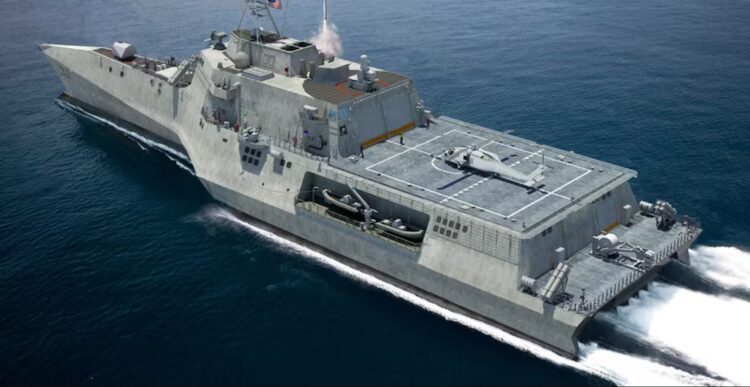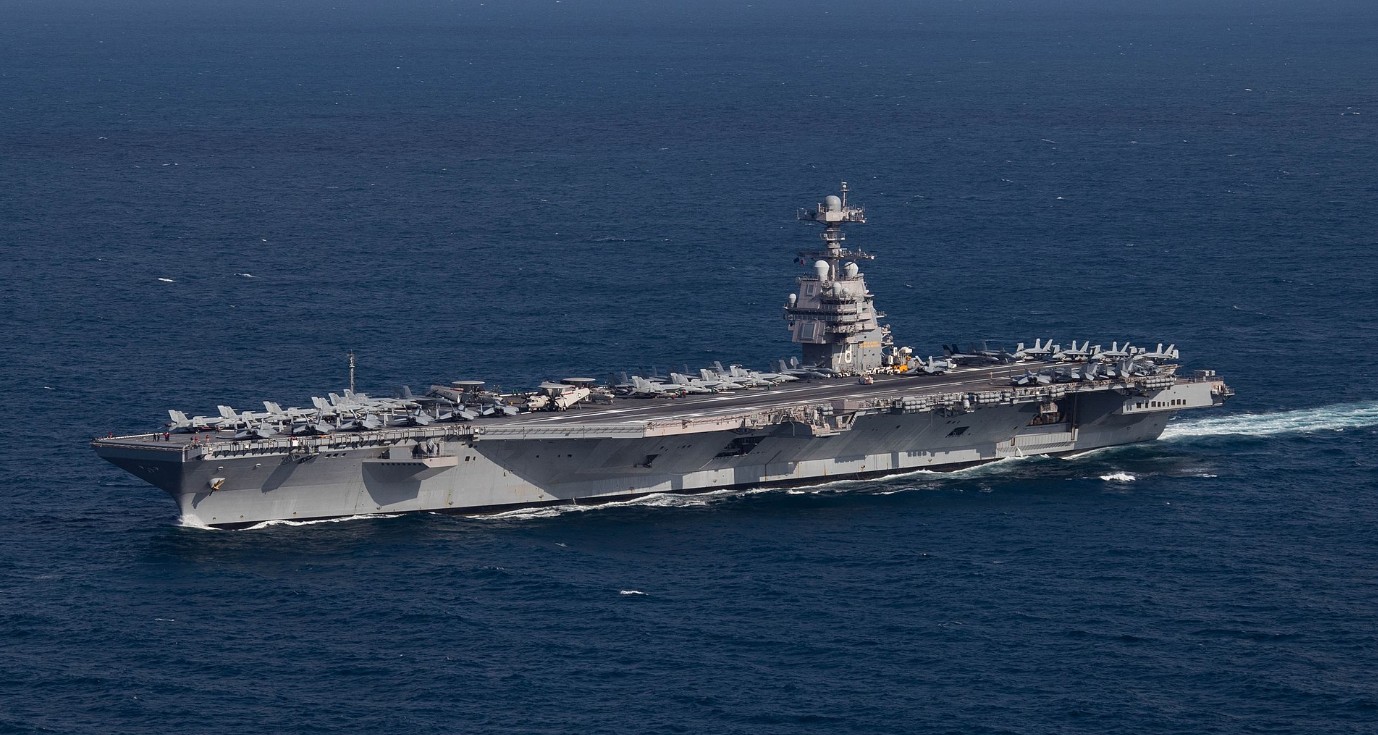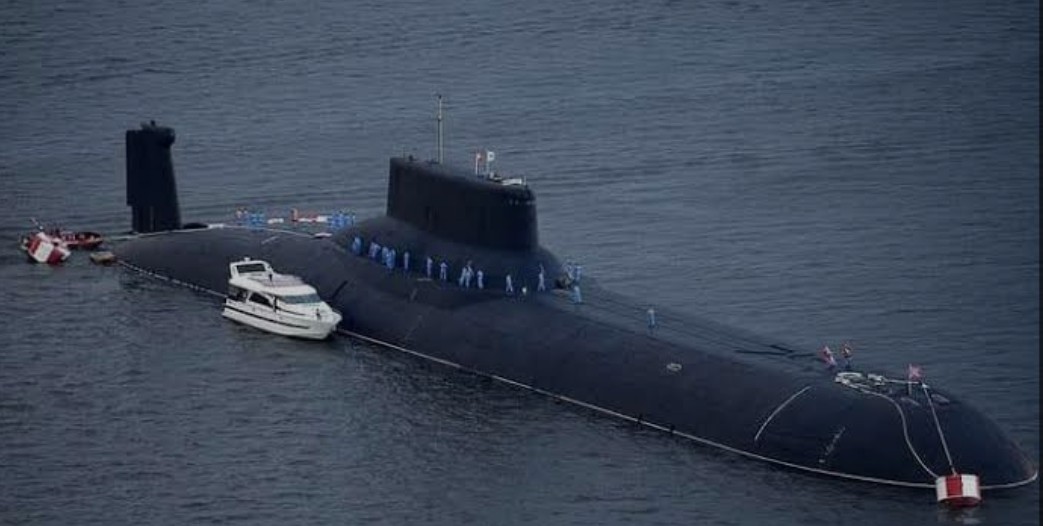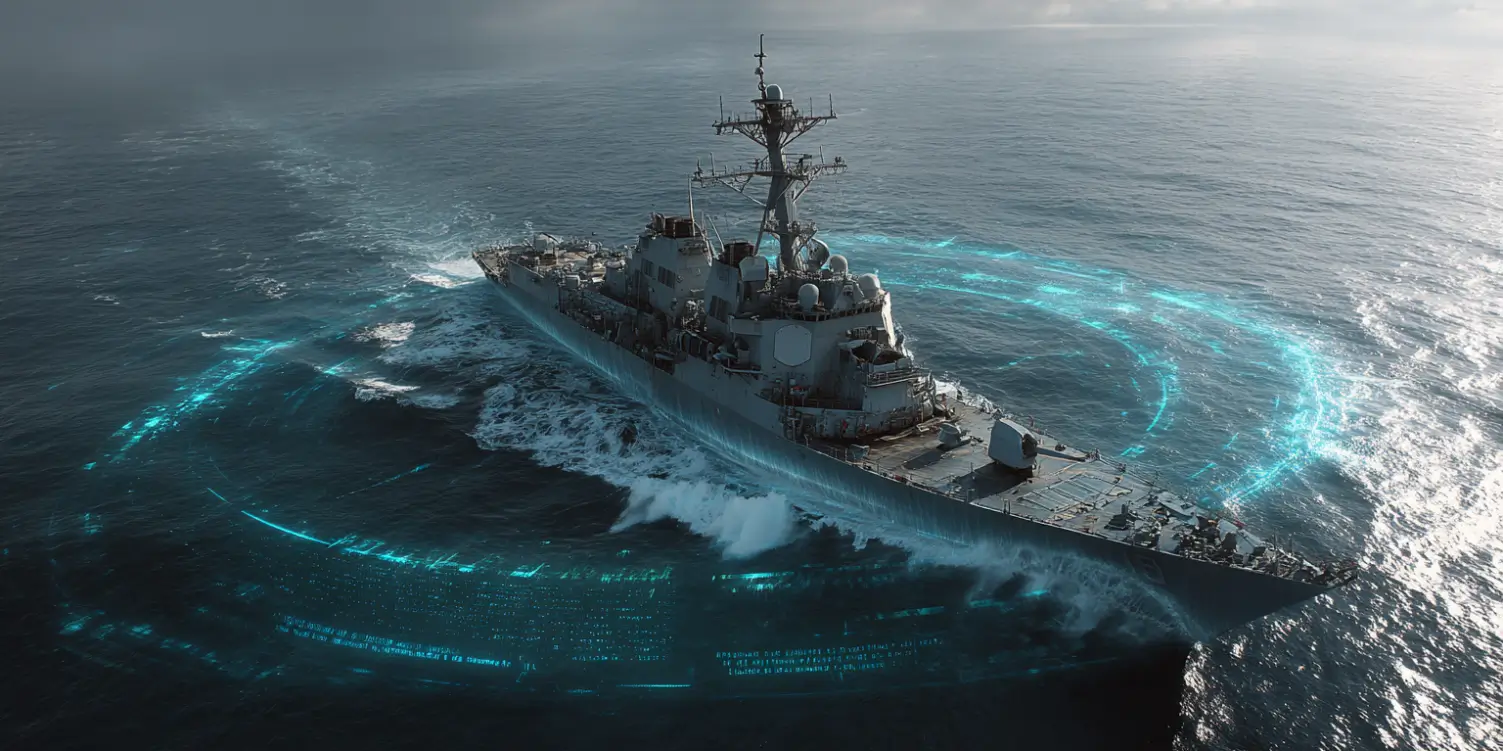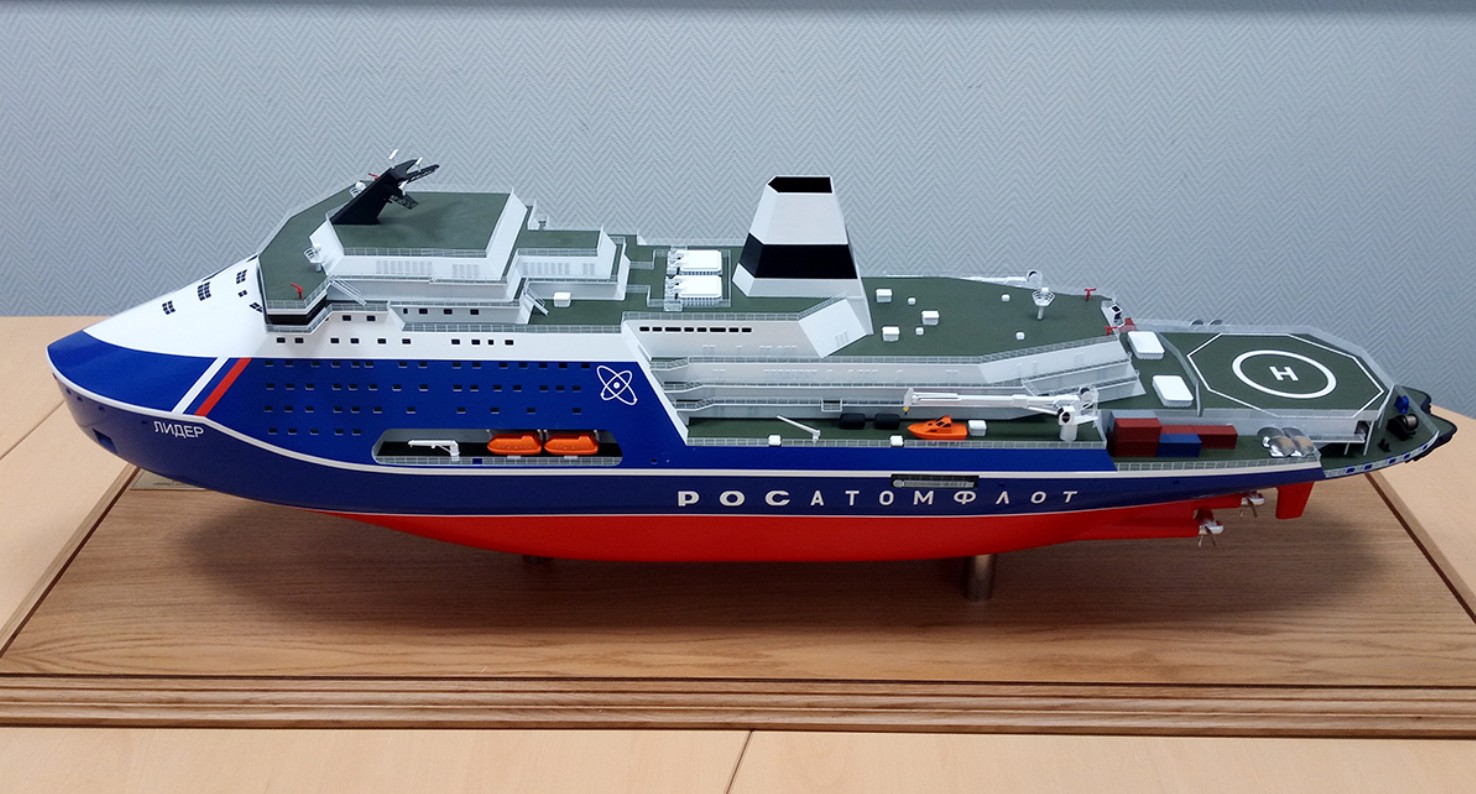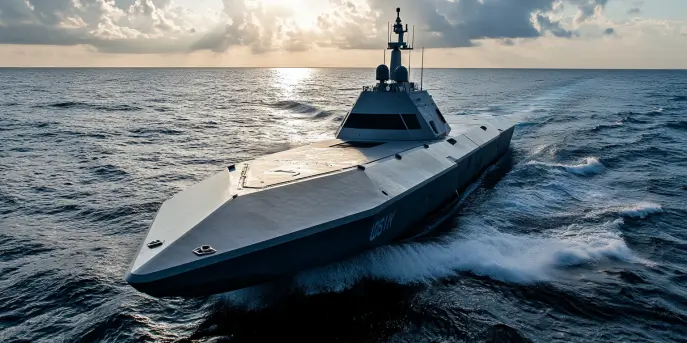The Constellation-class frigates represent the cutting-edge of naval warfare for the United States Navy, merging advanced technology with proven naval design. These new-age vessels are set to play a crucial role in future naval operations, highlighting the US Navy’s shift towards versatile and capable mid-sized operations ships.
Design and Development
Initially introduced as part of the Navy’s efforts to modernize its fleet, the Constellation-class frigates—also known as the FFG(X) program—are armed with the latest technology to ensure they meet contemporary maritime challenges. The Fincantieri Marinette Marine was awarded the contract to build these cutting-edge vessels utilizing their shipyard innovation and vast experience. Drawing from both domestic and international naval designs, these frigates will fill a crucial gap between the smaller but fast Littoral Combat Ships and larger Arleigh Burke-class destroyers.
Specifications
| Specification | Details |
|---|---|
| Length | 496 feet (151 meters) |
| Displacement | 7,300 tons |
| Speed | Over 26 knots |
| Range | 6,000 nautical miles |
| Crew | 200 officers and sailors |
| Helicopter Facilities | Hangar and flight deck for one MH-60R helicopter |
Technological Advancements
The Constellation-class incorporates a formidable array of advanced technologies that enhance its defensive and offensive capabilities. One key highlight is the Aegis Combat System, renowned for its powerful radar and missile guidance capabilities. This system paired with the SPY-6 radar makes it particularly adept in detecting and tracking multiple threats simultaneously, providing an unparalleled level of situational awareness and anti-aircraft warfare capacity.
Furthermore, the frigates are equipped with a variety of missile systems, including the Evolved SeaSparrow Missile (ESSM) and the Standard Missile 2 (SM-2), providing robust anti-air and surface warfare capabilities. Their vertical launch systems (VLS) are capable of housing over-the-horizon missile systems, further enhancing their strategic reach.
Mission Capabilities
Versatility is at the heart of the Constellation-class design, making them suitable for a vast range of missions. Primarily, these frigates will undertake anti-submarine warfare missions, utilizing advanced sonar systems and torpedoes to seek and destroy enemy submarines. Additionally, their ability to operate with stealthy effectiveness ensures they can engage in reconnaissance, naval blockades, and support amphibious operations.
They are also designed to operate efficiently in high-threat environments, performing escort missions for aircraft carrier strike groups and merchant fleets. With a strong focus on multi-mission capabilities, the Constellation-class frigates are integral for maintaining maritime dominance.
Operational Impact
The influence of the Constellation-class frigates extends beyond their immediate tactical capabilities. They represent a substantial investment in the US navy’s future, with plans to introduce at least 20 of these frigates into service. This transition is part of a broader strategy to pivot towards a more distributed and resilient fleet, capable of responding rapidly to threats in an unpredictable global environment.
Despite the formidable potential of the Arleigh Burke-class destroyers, the Navy acknowledged the need for medium-sized vessels that can be produced more swiftly and at a lower cost. Thus, the Constellation-class provides the optimal blend of capability and affordability.
The Strategic Importance of Frigates
Frigates have traditionally served as the workhorses of naval fleets worldwide, offering flexibility and adaptability without the need for the large-scale commitments demanded by bigger ships. Therefore, the Constellation-class is not just a physical asset but a tactical one tailored to the evolving demands of national defense strategies, which increasingly require a range of adaptable responses.
The introduction of these frigates not only boosts the US Navy’s immediate operational capacity but also strengthens alliances. With naval exercises and collaborative missions, Constellation-class vessels are poised to bolster maritime partnerships, ensuring mutual security interests across the globe.
As the US Navy continues its evolution into a more flexible and formidable force, the Constellation-class frigates signify a pivotal step in this transformative journey.
